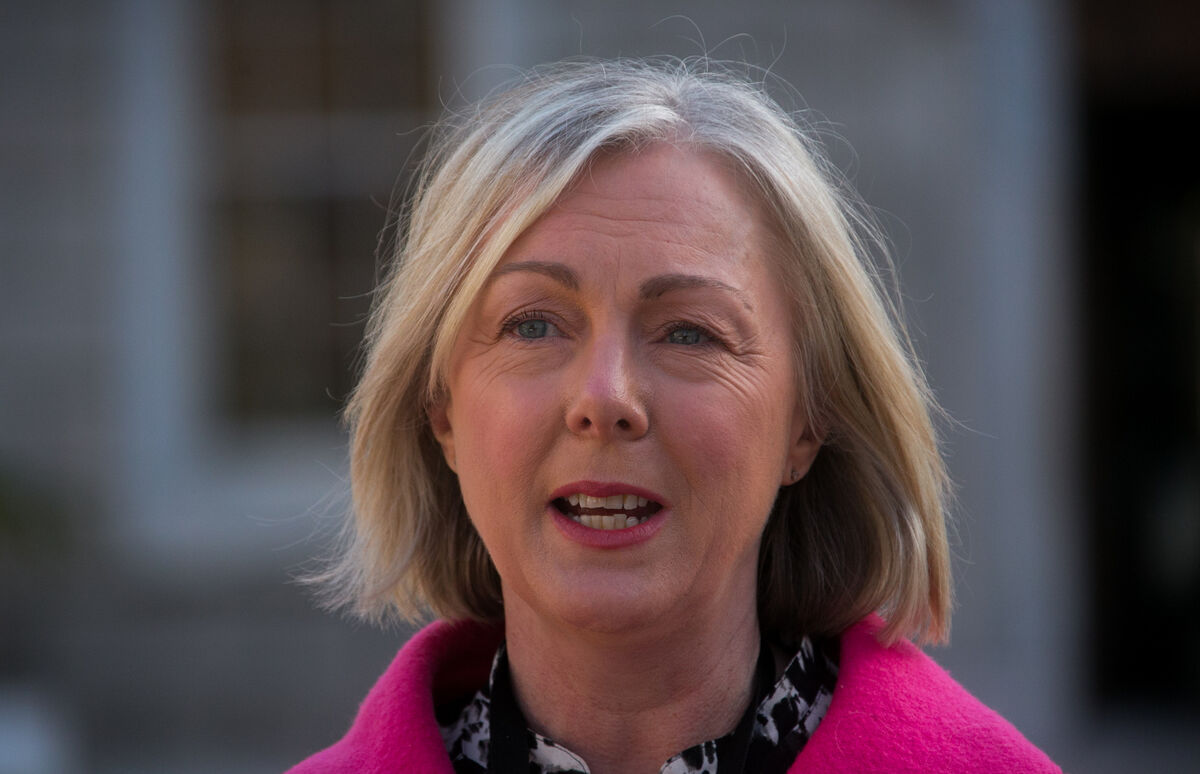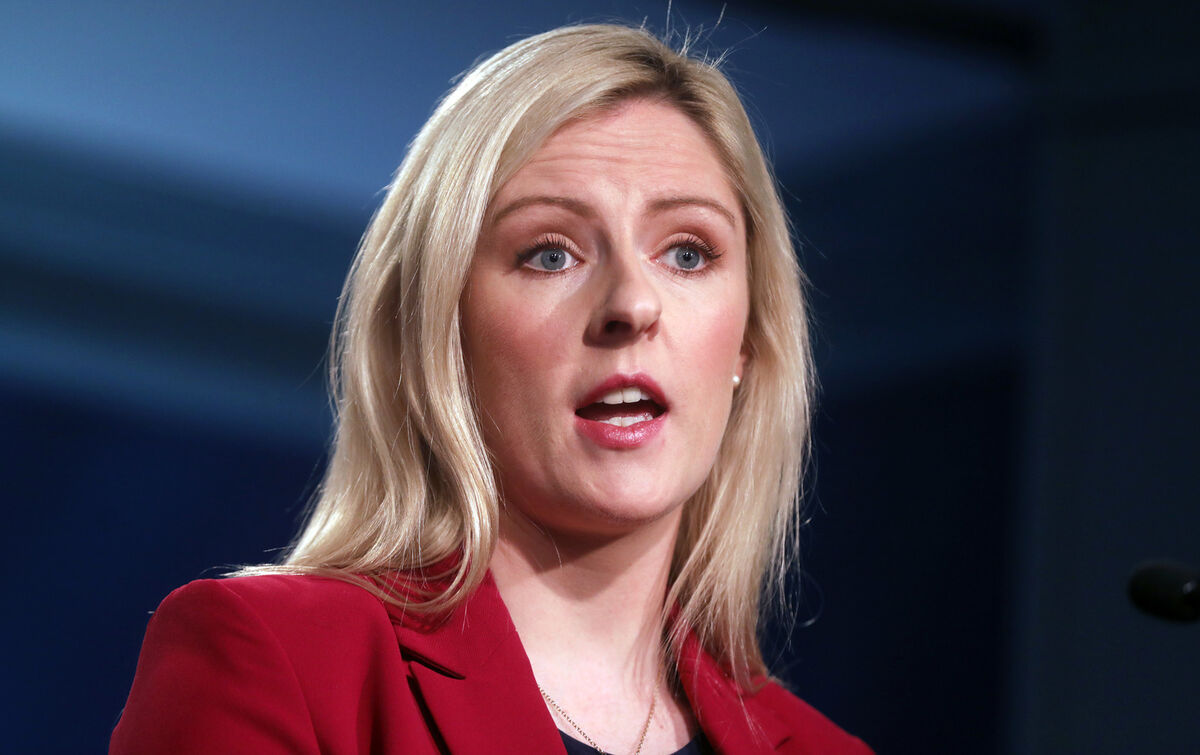Which constituencies are in for more TDs thanks to our enlarged population?

A member of the count staff checks a ballot paper at the Cork South West count centre in Clonakilty Community College in 2020. Picture: Andy Gibson
The population growth in the preliminary Census report for 2022 could herald sweeping changes to the political landscape as at least 11 new TDs may need to be appointed to Dáil Éireann.
Of the 39 existing Dáil constituencies, 38 now have more than 30,000 people for every TD. According to the Constitution, this is not allowed, as there must be one TD for every 20,000 to 30,000 people.
Some experts have even forecast that we could require as many as 17 new TDs to futureproof any more population increases.
This will likely result in the number of TDs required in the State to grow from the current 160.
The Census 2022 data will now be provided to the Electoral Commission, who will determine the make-up of constituencies going forward.
The commission’s report on revised constituency boundaries is expected to be completed in the summer of 2023, just ahead of the next election which, if the Government lasts the distance, will be spring 2024.
Unlike in other countries, Irish politicians do not have a say in setting new constituency boundaries. It is done by an independent body which passes on the recommendations to the government.
Boundary changes are generally seen as a headache for political parties which will have built up support in certain areas of communities only to have it changed ahead of a forthcoming election.
The number of people per member of the Dáil currently stands at an average of 32,022, up from 29,762 in 2016.
The preliminary Census 2022 shows that the constituency with the highest number of people for each TD is Dublin Fingal, a five-seater constituency, with 34,138 people per representative in the Dáil, which will likely have to become a six-seater in order to fulfil the constitutional requirement and adequately serve constituents.
This could spell good news for Fine Gael’s Regina Doherty, who is tipped to be standing in her colleague Alan Farrell’s constituency next time around. However, the pair will have a fight on their hands going up against Sinn Féin frontbencher and spokeswoman on enterprise Louise O’Reilly.

Ms O’Reilly is deeply popular in the constituency after moving there when she was elected, and it is expected Sinn Féin will handily take two seats next time around, with Housing Minister Darragh O’Brien and Green Party junior minister Joe O’Brien also in the running.
The next most under-represented constituencies are Dublin Rathdown in South Dublin, a three-seater with 33,718 people per TD, likely to move to four seats, and Kildare North, a four-seater with 33,589 people per TD which will likely become a five.
Dublin’s Dún Laoghaire is likely to gain another seat as is Longford-Westmeath.
The only constituency with fewer than 30,000 people per TD is Limerick County.
There are likely to be changes to larger but more rural constituencies such as Donegal, which increased to 166,321 and now might see the county split in two again, north and south with three seats each, rather than becoming a six-seater.
This has been expected for a while in Donegal due to the large spread of the county which means some TDs could have to drive for around two to three hours to cover their entire constituency.
It would also end the “Frankenstein” constituency in Sligo-Leitrim, which also contains parts of Donegal and Roscommon.
Sinn Féin feels confident that it will take three seats in Donegal in the next election and Fianna Fáil feels safe that it will return Agriculture Minister Charlie McConalogue after Fine Gael TD Joe McHugh said he would not stand in the next election.
However, if the county is split, it is all to play for.
In contrast to Census 2016, when three counties — Mayo, Sligo, and Donegal — saw a fall in population, the Census 2022 data shows that the population of every county has increased each year since.
Wexford will likely head the same way as Donegal and see itself split in two after its population grew by 9.2%.
In Cork, four of the five constituencies could qualify for an extra seat, as the population has grown by more than 7%, or 38,000, since 2016.
In Cork East, the population per TD in 2016 was 30,357 and has gone up to 32,733 this year, while Cork North-West increased from 29,693 in 2016 to 32,004 this year.
There was an increase of 8.1% in Cork South-West, an increase per TD from 28,434 to 30,744, which means it is unlikely this constituency will be given another seat as it remains on the border number of 30,000.
The fastest-growing Dáil constituency was Meath East, where the population increased by 11,493 (13%) compared to the last census in 2016. The three-seat constituency is home to Justice Minister Helen McEntee and minister of state for European Affairs Thomas Byrne.
Mayo will also likely gain a seat back, which could spell good news for Fianna Fáil after the shock exit of one-time potential party leader Lisa Chambers in the last general election.

The slowest-growing constituencies were Dublin Bay South, where the population increased by 5%, Limerick County by 4%, and Donegal by 4%.
Finance Minister Paschal Donohoe told Newstalk he supports an increase in representatives.
“In order to stand by the requirement that our Constitution has regarding adequate representation for our country, and the right number of TDs for the size of our population, if we need to increase the size of our Dáil to do that I believe that is the right thing to do,” he said.
He also said that he “wouldn’t support a referendum to reduce the number of our TDs”.
“Whatever challenges, and I know we have many with political life, I still believe every citizen in our country is entitled to the same level of representation,” said Mr Donohoe.
“And if that involves changing our Dáil, and the size of our Dáil to do that, that’s the case that I would make.”












